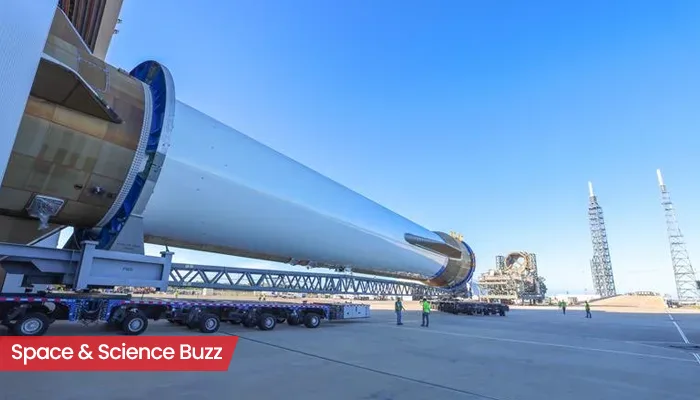GRACE Satellite Data
The Gravity Recovery and Climate Experiment (GRACE) satellites, a collaborative effort between NASA and the German Aerospace Center, played a vital role
in this scientific breakthrough. These satellites, which have now been retired, were specifically designed to measure changes in Earth's gravity field with unprecedented accuracy. By meticulously tracking minute variations in gravity, GRACE provided a global view of the planet's mass distribution. The satellites collected data for several years, allowing scientists to monitor changes over time. This enabled researchers to observe how mass moved around the globe. This data has been instrumental in understanding the Earth's complex systems, including its water cycle, ice sheets, and, as in this case, deep-Earth processes.
Deep Mantle Shifts
The data gathered by the GRACE satellites unveiled a surprising phenomenon: a previously unknown shift within the Earth's deep mantle. This region, located thousands of kilometers beneath the surface, is a layer of molten rock that plays a crucial role in the planet's internal dynamics. The satellites detected a subtle, yet measurable, change in the gravity field. This suggested a movement of mass within the mantle. Scientists believe that this shift may be linked to processes such as convection currents, where hot material rises and cooler material sinks, or the movement of tectonic plates. Understanding the nature of these mantle shifts is essential for comprehending the planet's long-term evolution and the forces that drive geological events like earthquakes and volcanic eruptions. Further studies are underway to determine the exact mechanism causing these shifts.
Unraveling the Anomaly
The gravity disturbance identified by the GRACE satellites presented scientists with a significant puzzle. Researchers are now striving to pinpoint the exact cause of this anomaly and its potential implications. The data indicates that the disturbance is occurring at a considerable depth. This suggests that the processes behind it are linked to the movement of material within the Earth's mantle. Researchers are using sophisticated computer models and simulations to interpret the data. These tools allow them to analyze the behavior of the mantle under different conditions. By combining data with geological models, scientists can begin to reconstruct the forces and factors that are causing the anomaly. The objective is not only to solve the gravity riddle but also to improve the comprehension of Earth's interior and its effects on surface events.
Implications and Future
The discovery of the deep-Earth process carries far-reaching implications for our understanding of the planet. A deeper knowledge of the mantle’s dynamics can enhance forecasting of geological events. The results could contribute to more accurate climate models and a better understanding of long-term environmental changes. Future studies may focus on employing the data from other satellites and ground-based instruments. This includes ongoing research on seismic activity and volcanic eruptions. Scientists hope to integrate GRACE data with other datasets to construct a comprehensive picture of Earth's internal processes. This collaborative, multi-disciplinary strategy will provide the necessary insight into this significant discovery. Ultimately, unlocking the secrets of Earth's mantle will not only advance scientific knowledge but will also help protect the planet.




